Decoration of a niche in silver wire enclosing numerous cartouches, interlacing, clouds, vases, peonies and birds in relief.
This rare Hereke rug combining silk and silver, is a perfect example of what antique Hereke rugs with metal look like, when treated as works of art.
The design and workmanship are what silk Hereke rugs are all about. And, as is often the case with some of the more unique Hereke rugs, this piece has areas where the Kilim is left exposed and a silver weave is added.
This allows the designs to appear to float on the rug and this delicate work gives it a look and feel of depth.
The condition of this piece is good, although showing some signs of wear.
By my estimate, it is about 80 to 100 years old.
This piece has a quality of 10/10, meaning it has 10 knots per centimeter.
It can be assumed that it was treated as a decorative rug and hung on a wall.
A simply magnificent piece, which is the kind of rug buyers seek as a decorative object or as part of an art collection.
Like most genuine Turkish Hereke rugs, this metal piece is also signed and has the three small finishing bands typical of Hereke in the selvedge.
One can only admire the work and the abundance of motifs, stylized flowers, arabesques covering this rug and its borders.
The colors are very soft, while creating striking contrasts for the reading of each motif. Hereke rugs are rugs only produced in Hereke, a coastal city in Turkey located 60 kilometers from Istanbul.
The materials used for their making are silk on silk, a combination of wool and cotton, and sometimes gold or silver threads. Dimensions: Width: 92 cm (36") x Length: 132 cm (51")
FREE SHIPPING FOR THE FRANCE as for all of our carpets!!!
FR 0€ / EUR 25€ / WORLD 50€
For any information requests, do not hesitate to contact me at 06 13 36 09 30 or at winsteinprovence@gmail.com
You will find on our site a large range of Persian, Anatolian and Caucasian rugs.
www.winsteinprovence.com
COME VISIT US!
(texts, photo credits, winstein, all rights reserved)
REF WINSTEIN 1507
## The Ottoman Sultan Abdülmecid I founded the Imperial Manufacture of Hereke in 1841 to provide all the textiles necessary for the decoration of his new Dolmabahçe Palace on the Bosphorus.
He gathered the greatest artists and weavers from all over the Empire in this city, where they began to produce large-scale, very high-quality rugs with unique designs specific to this manufacture.
After completing the During the works of the Istanbul Palace, the Sultans used the Manufactory to offer these carpets to crowned heads, nobles and statesmen as state gifts.
It was not until 1890 that Istanbul merchants were able to sell these pieces to the population.
With the end of the Ottoman Empire, Hereke production was greatly reduced during the second half of the 20th century.
Only a few weavers perpetuated the know-how of Ottoman carpets. In 1920, Hereke housed a state-funded tapestry school. Both Muslim and Christian women attended the classes. Hereke carpets are typically large, in order to accommodate the large areas of the Palace rooms.
They are composed of wool on cotton, camel hair on cotton, silk on cotton or entirely in silk.
The precision of the double knot (Turkish knot) which allows a clear presentation of the models, sets, harmonious color combinations, made these carpets highly valuable.
Today, Hereke carpets are still made according to traditional designs inspired by Abdülmecid I, but also Anatolian, and figurative in a contemporary style.




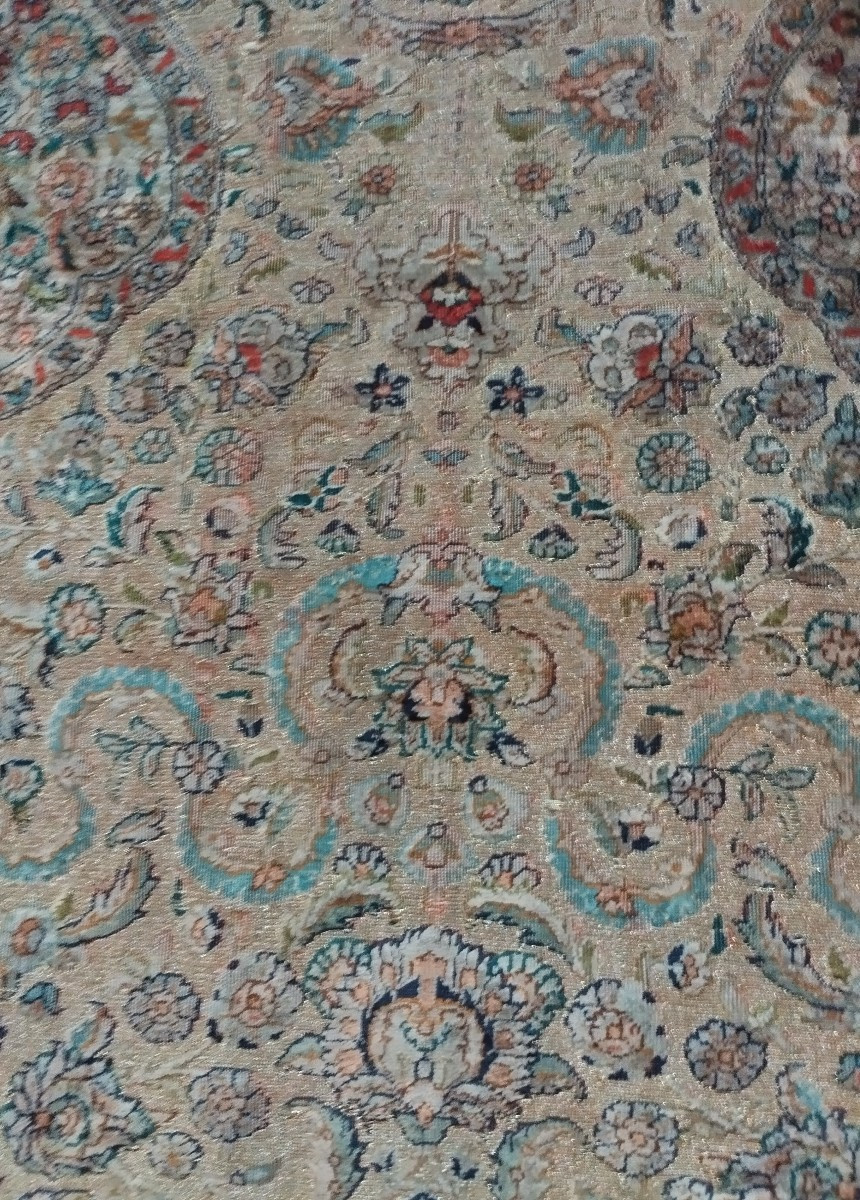
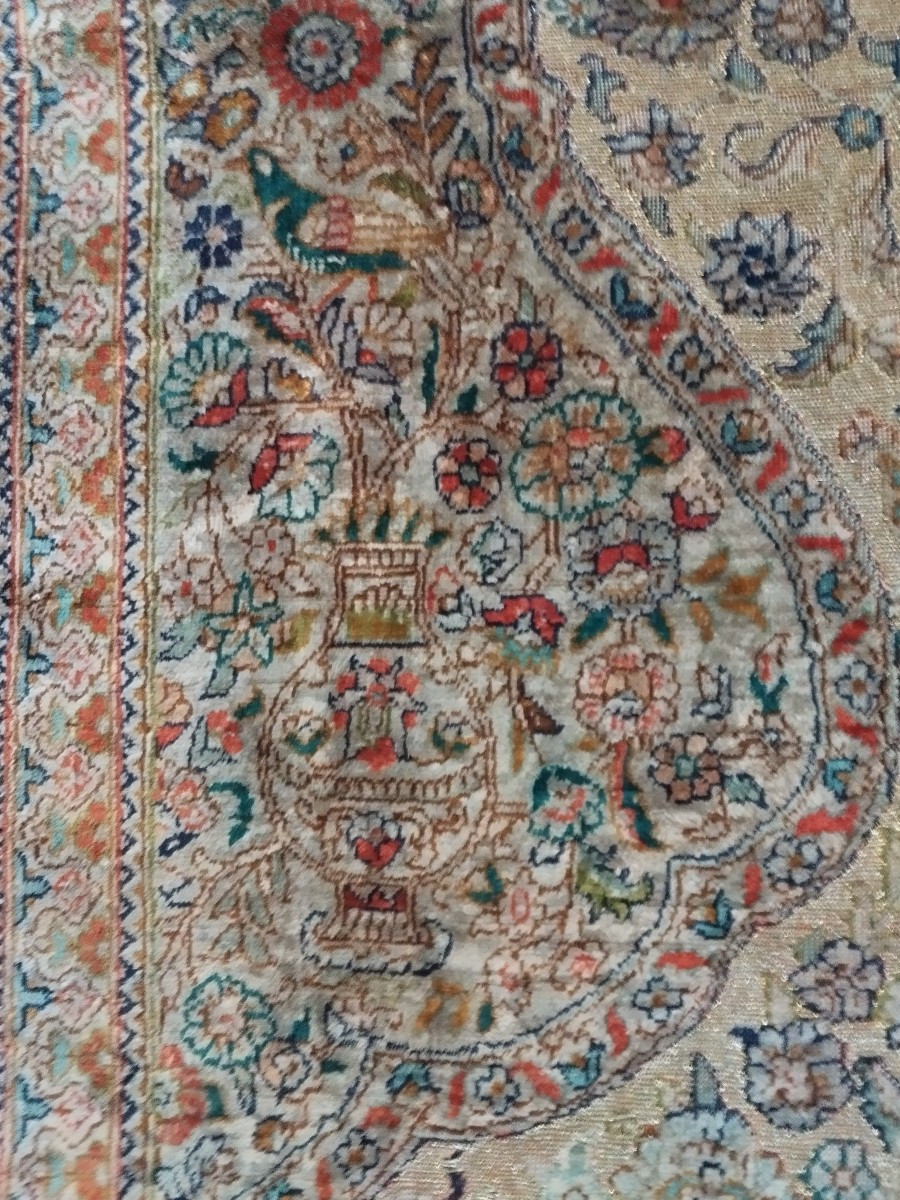
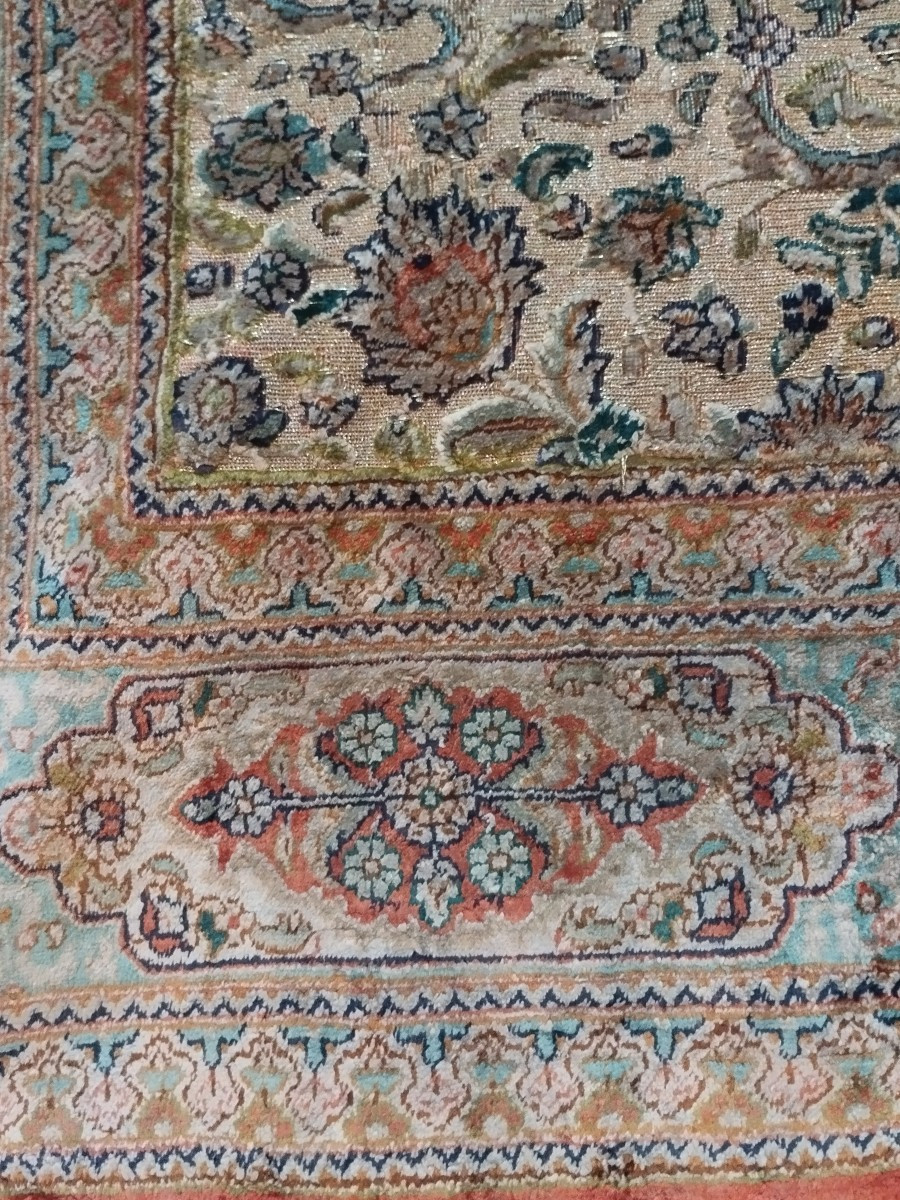
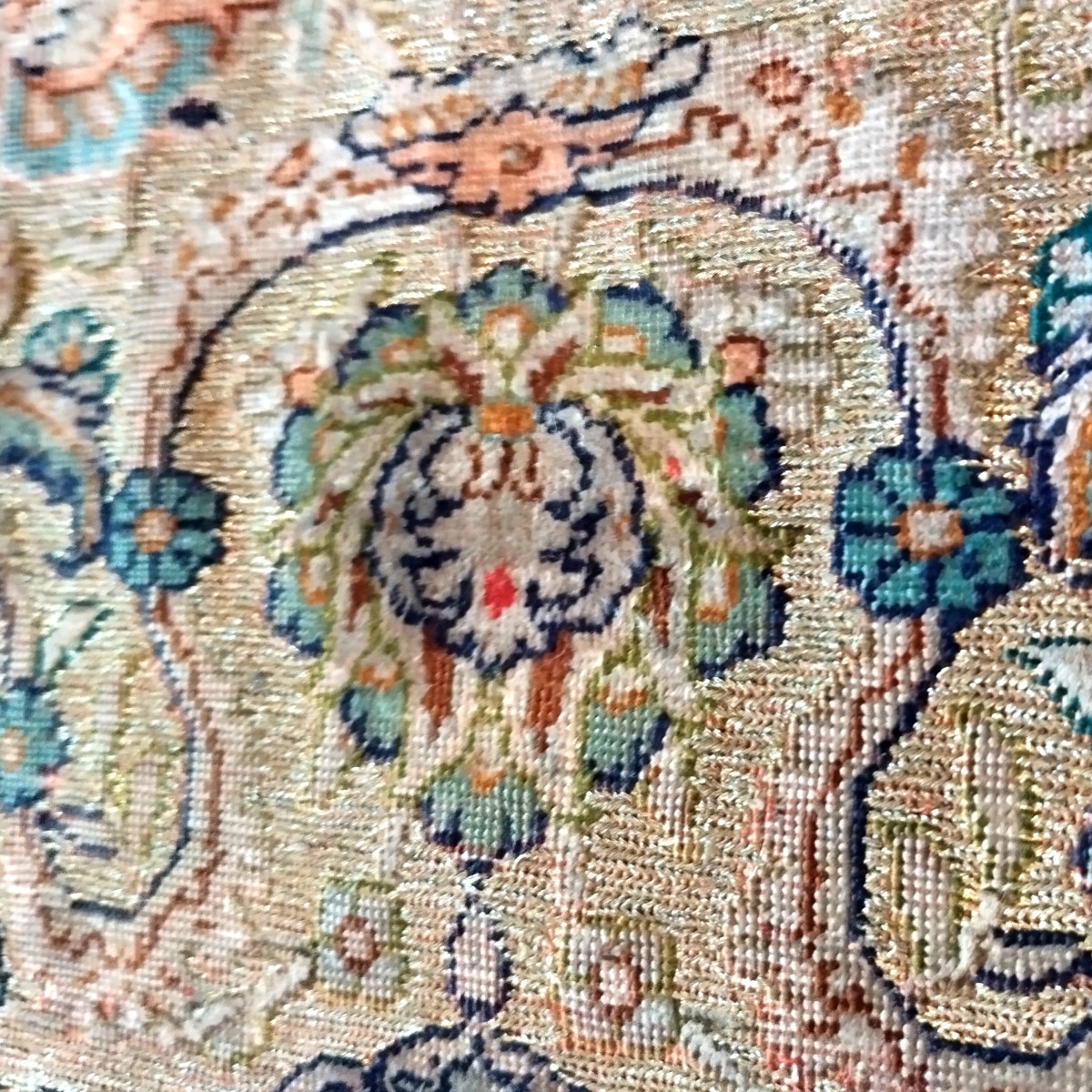
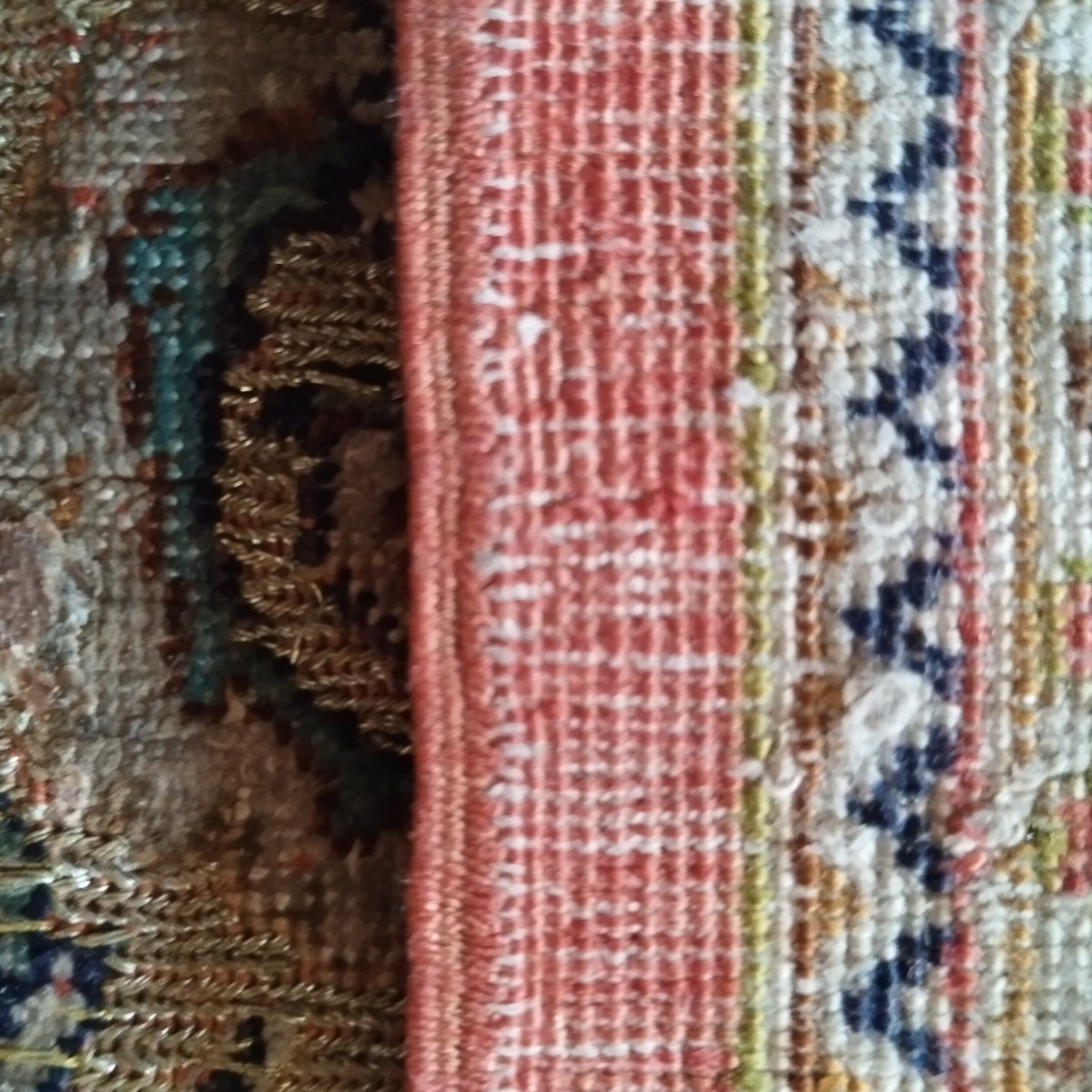

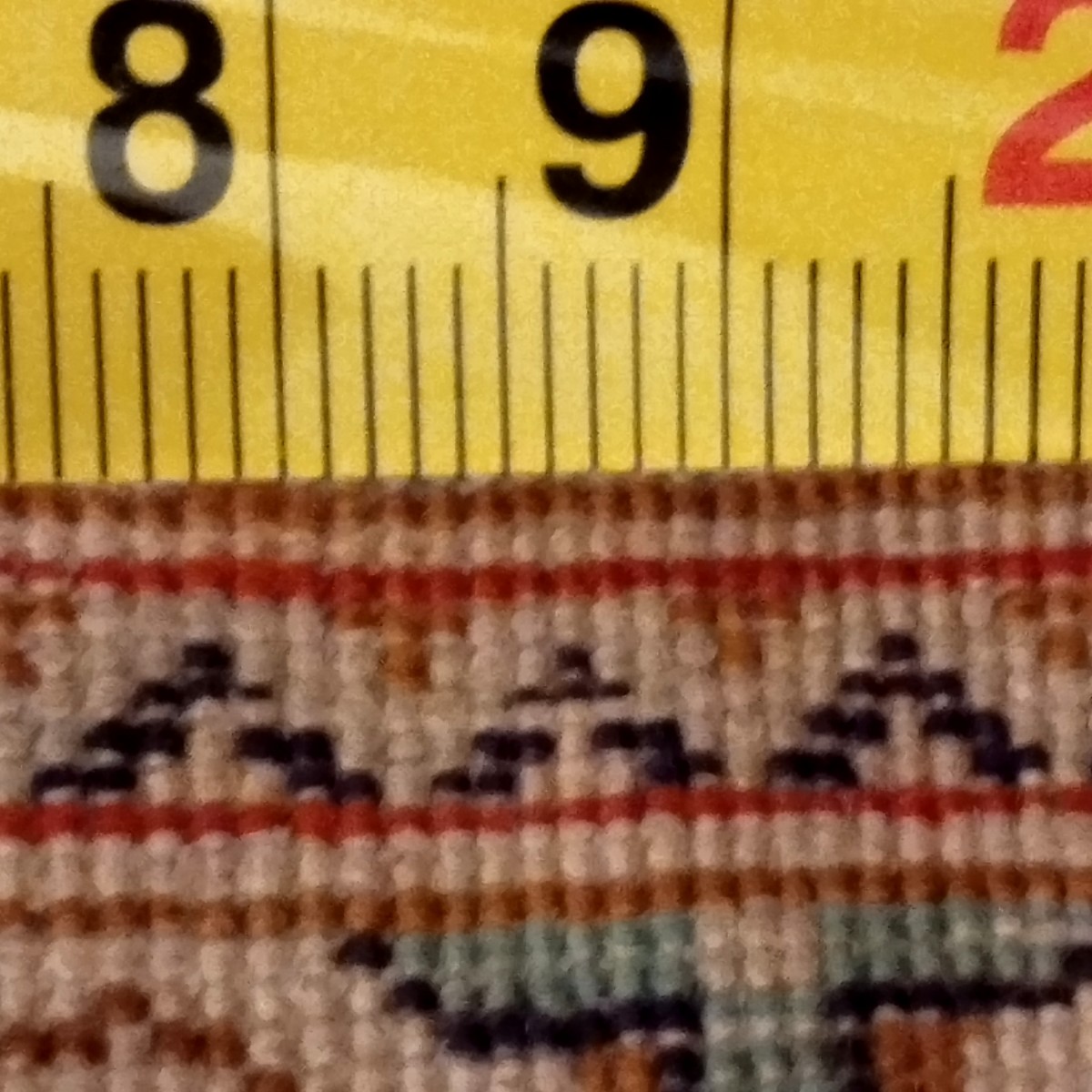
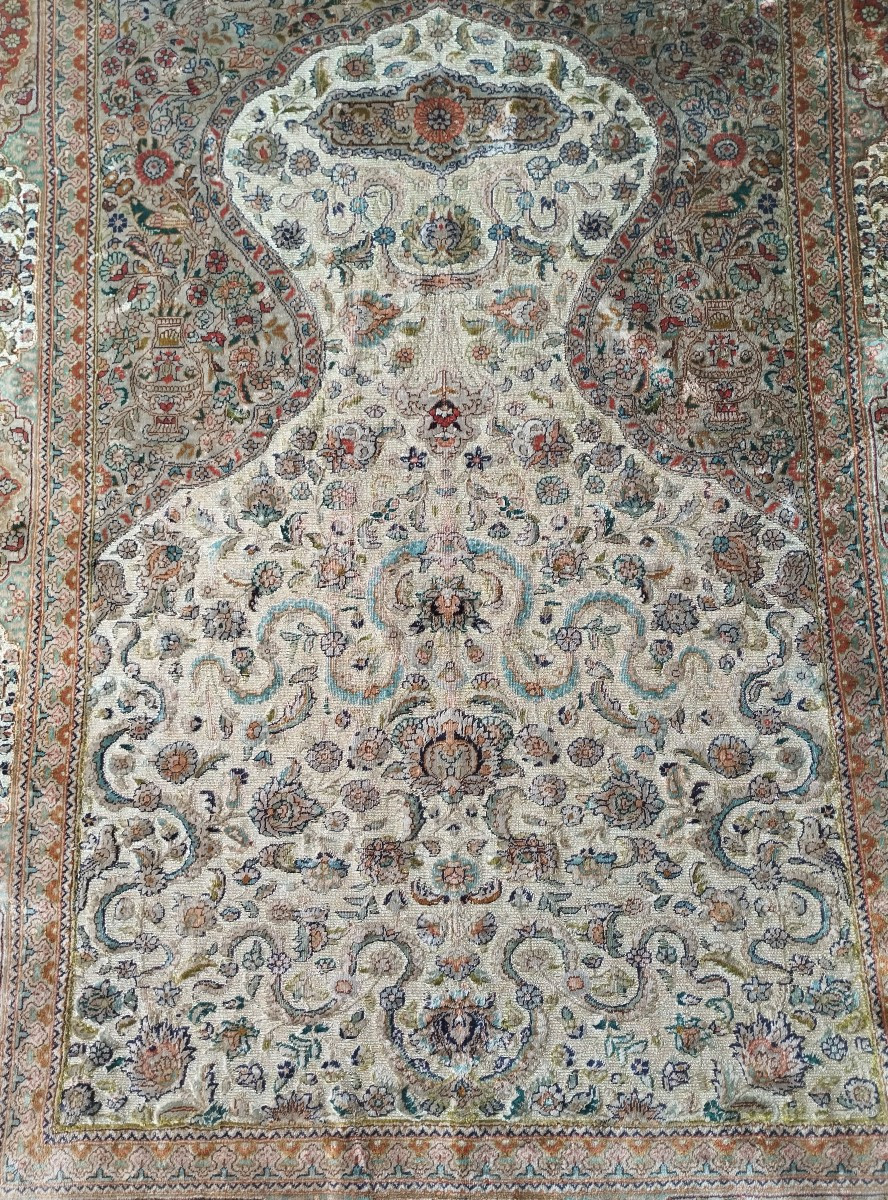
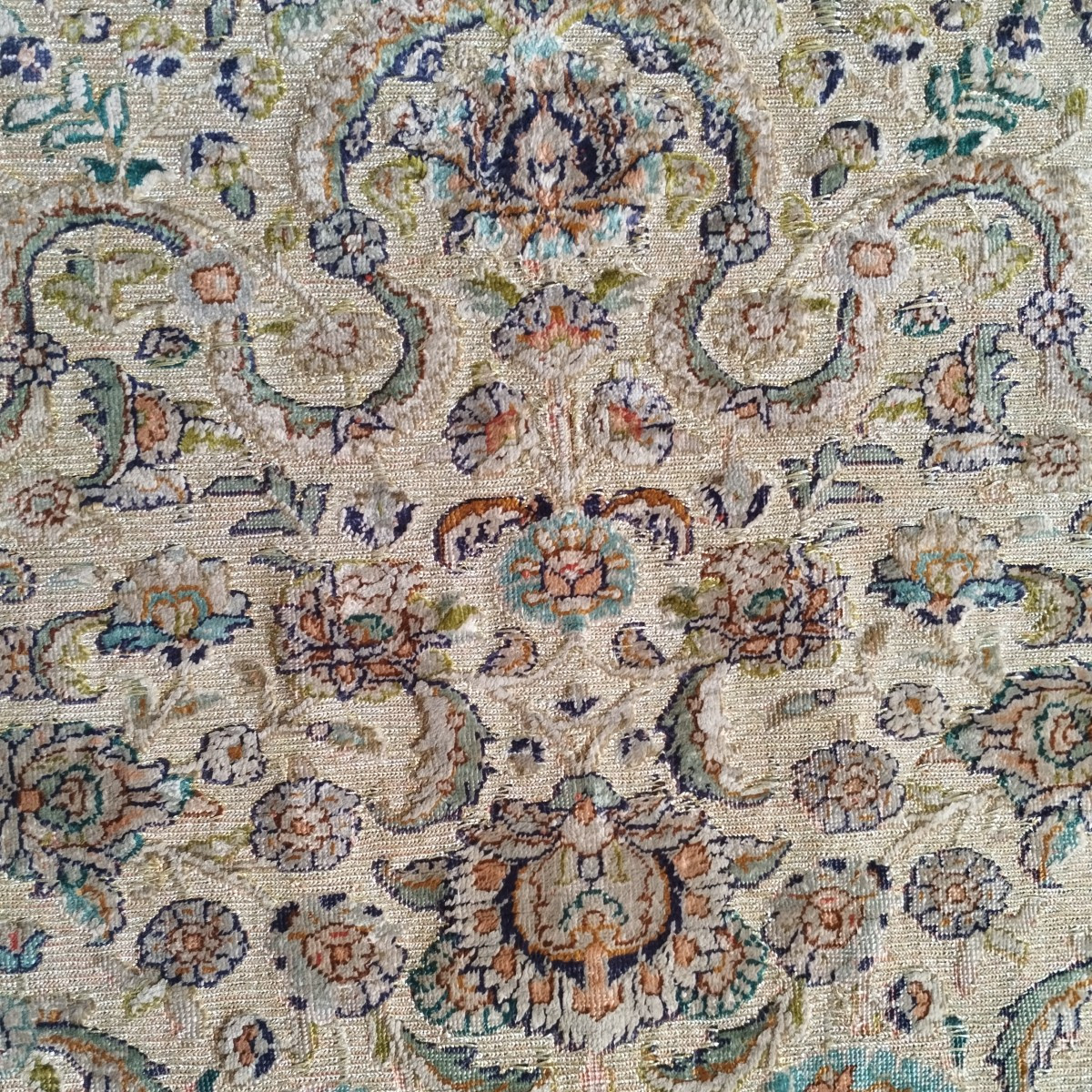
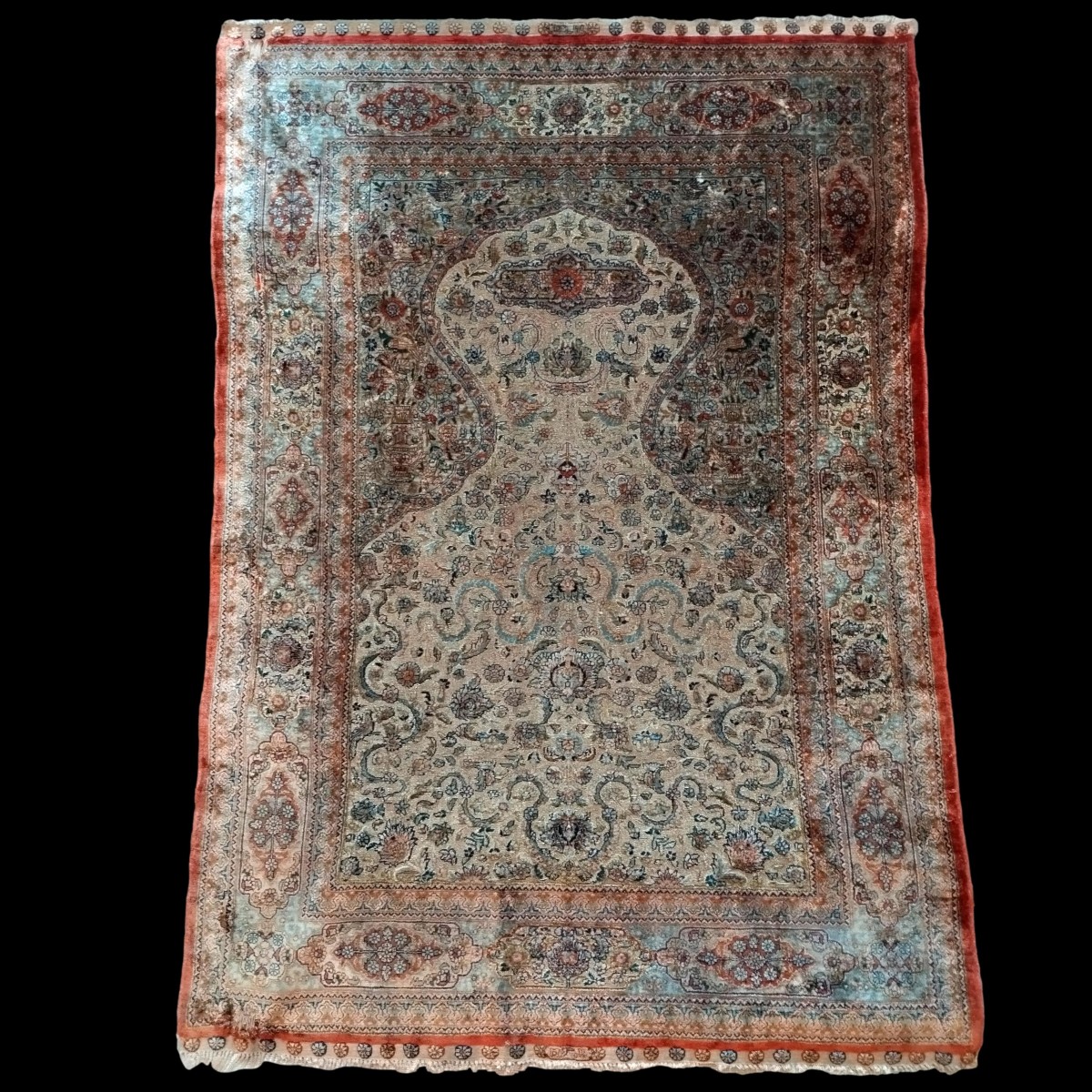















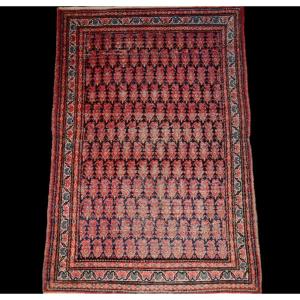


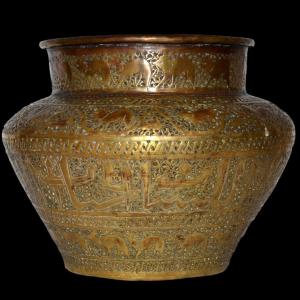
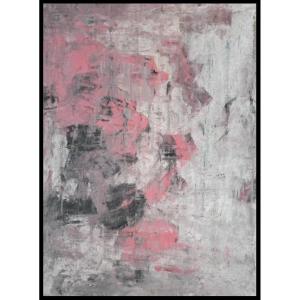


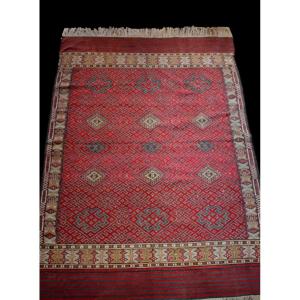













 Le Magazine de PROANTIC
Le Magazine de PROANTIC TRÉSORS Magazine
TRÉSORS Magazine Rivista Artiquariato
Rivista Artiquariato